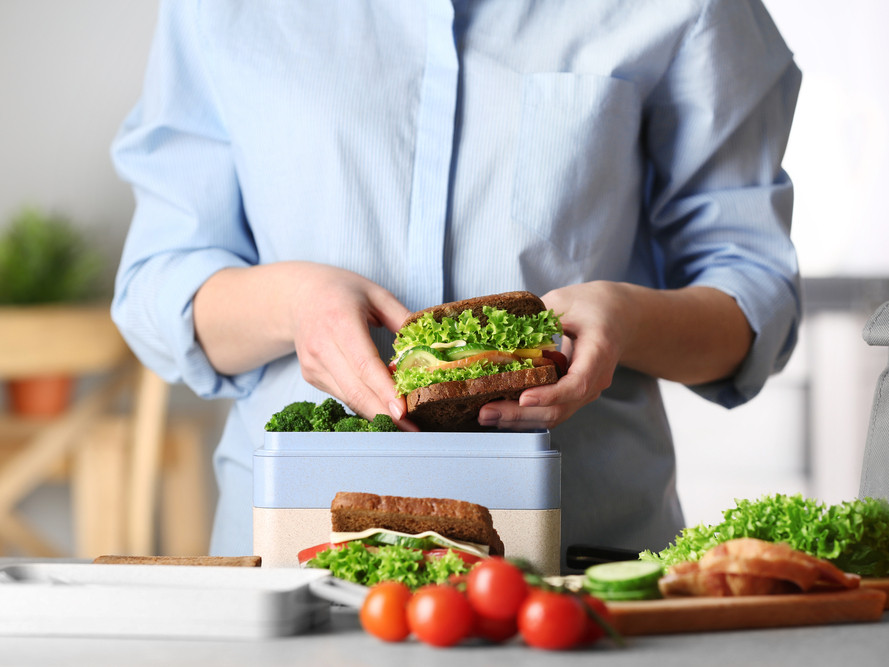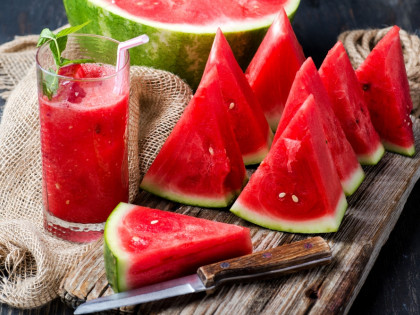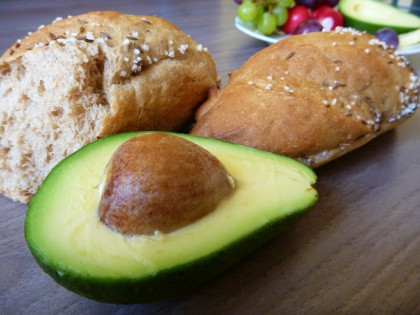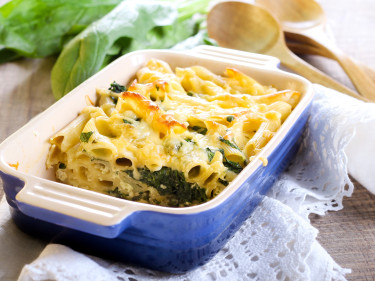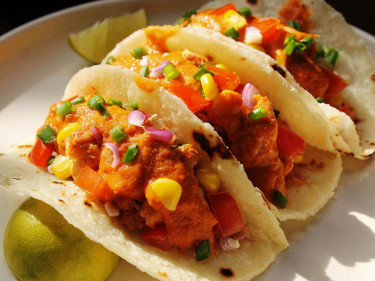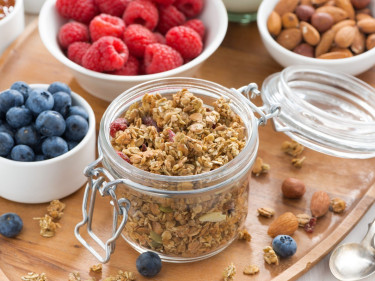As we head back to work for the new year, start the year with a routine that sticks, can help you make healthier food choices, as well as saving you money. Lockdowns and ‘work-from-home' arrangements in the last few years have increased snacking amongst adults. A study of 4,500 Australian adults found that grazing on food and drinks was associated with a higher risk of weight gain as well as poorer diet quality.
Often times people have one or more meals and snacks whilst at work. Lack of time and convenience create an environment for more snacking, and a preference for meals that are convenient but often don't meet your nutrition needs. Over-time, the cost of purchasing meals and the frequent consumption of takeaway foods can add up, both in terms of the cost to your budget, as well as to productivity at work, and your overall health.
The recipes that we share on No Money No Time make great lunches and are developed to help you to hit the recommended intakes for all five food groups including fruit, vegetables, grains, dairy, meat and or meat alternatives.
Try these tips for a stress-free lunchbox that saves money and time!
Plan ahead
Planning is key to success. If you do just one thing to help you eat better the next day, pack your lunchbox the night before and put it in the fridge ready to pack up, when you're heading out the door. Save even more time and clean up by doing it alongside your evening meal preparation and tidy up. A study of 40,000 French adults found over half were doing some form of meal prepping. Those who meal prepped the most had higher diet quality and were less likely to have obesity.
Try cooking extra food so you have leftovers for the next day’s lunch, or portion out leftovers into microwave safe containers and pop in the fridge (or freezer). Prep salad by add green leafy salad mix, baby carrots and cherry tomatoes into containers or snap lock bags.
The freezer is your friend!
Beat boredom by popping leftovers into the freezer in single serve portions for the next week, or as a backup when you have run out of time to prepare your lunch. Most foods are freezer friendly, except for some vegetables with a high-water content (e.g. cucumber, and lettuce), poultry with stuffing and cream or yoghurt-based dishes or sauces. Check food packaging labels and recipe notes to see if they are freezer friendly and storage times.
Freezer hack: Freeze a water bottle to use as a freezer brick in your lunchbox to keep your items cool! It also doubles as a drink once defrosted.
Check our other NMNT hacks for freezing here.
Focus on the savings!
Budget friendly lunches and snacks are a money saver. Foods often purchased from a drive thru, fast-food outlet or, petrol station cost around $10-$15 per meal. Try our meal suggestions that are easy to prepare at home, are yum and give you variety. We estimate these meals will cost you between $5 and $6, which over the year may save you upwards of $1000* per person!
Lunch #1 – No cook, no fuss meal deal
Total cost: $5.60
- 1 x 95g tin of tuna in olive oil (drained)
- with 1 cup of microwavable brown rice
- and 1 x 125g can edamame beans OR corn
- 1 x 170g tub of Yoghurt
- 1 orange
Lunch #2 – Freezer friendly meal
Total cost: $5.67
- 1 x serve Curried Mince
- with 1 cup of microwavable brown rice
- 1 x serve Apricot Bliss Balls
- 1 x serve Labneh with 1 cup of carrot sticks
Lunch #3 – Simple yet effective
Total cost: $5.20
- Grilled sandwich: $3.00
- 1 x serve Spiced Trail Mix - $0.39
- 1 x serve Silas’s Overnight Oats - $1.81
Lunch #4 – Ready in under 30 minutes
Total cost: $5.85
- 1 x serve Easy Sweet Potato & Zucchini Fritters
- 1 x serve Asparagus, tomato and feta salad
- 1 x serve Popcorn
Lunch #5 – Multiple serves, multiple meals
Total cost: $3.12
- 1 x serve Tuna and Veggie Pasta Bake
- 1 x serve Vegetable Chips with 1 x serve Hummus
- 1 x serve Gingerbread Muffins
The bottom line
Use our NMNT tips to help power your workday, beat the 3pm slump and boost your energy levels and brain power!
*based on a comparison of buying your lunch, each day for a year ($10), compared to the cost of preparing and bringing your lunch each day for one year ($7).



